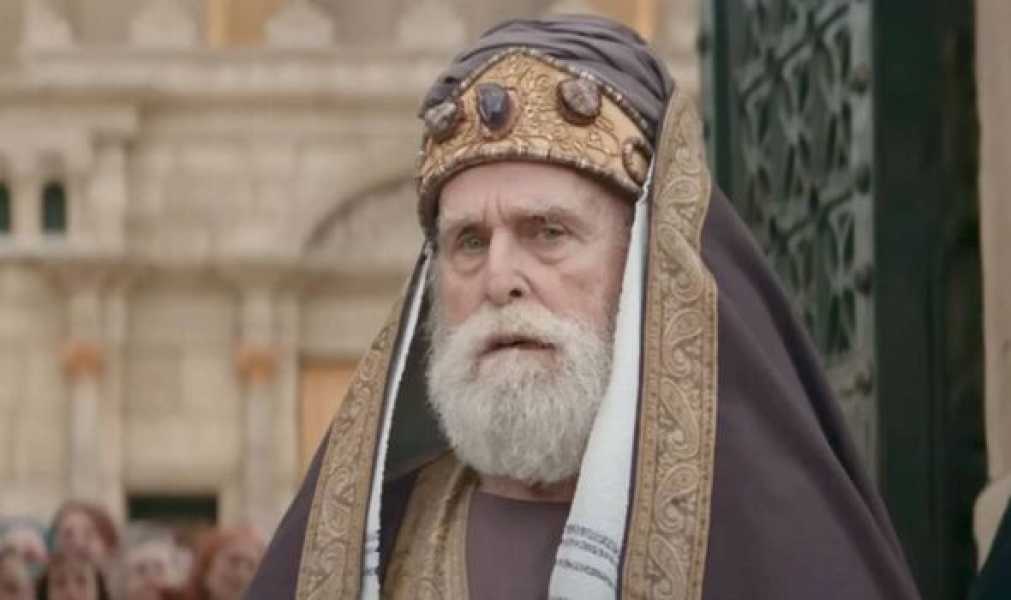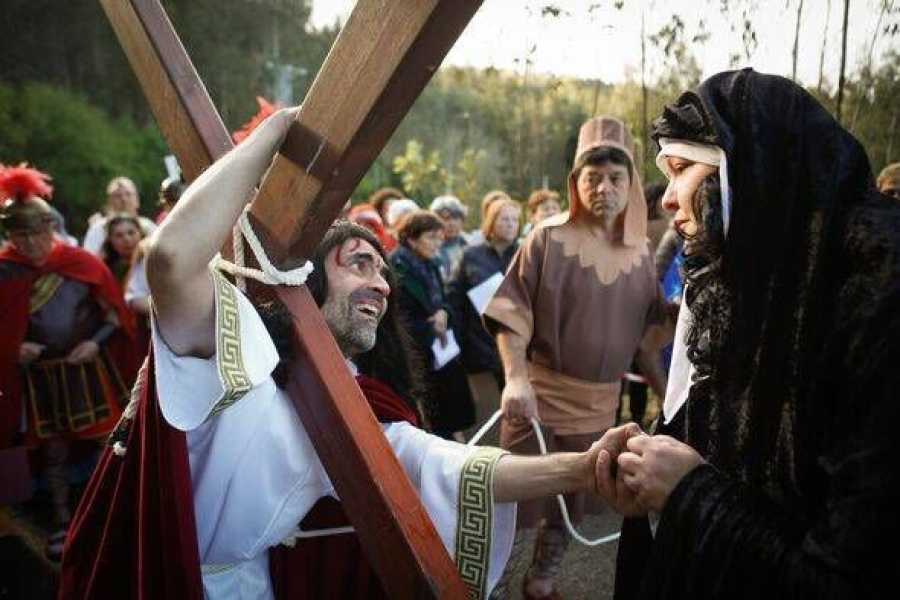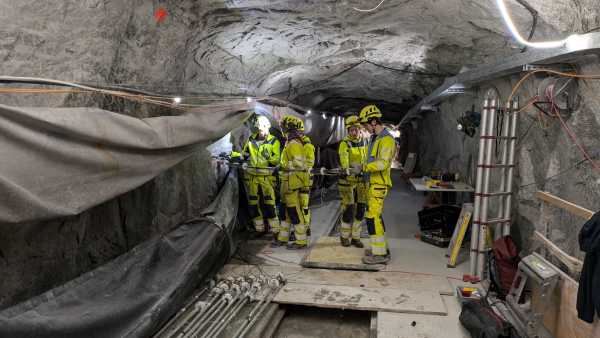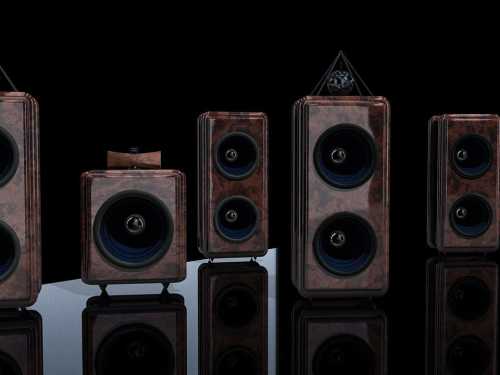Two Roman nails believed to have been used during the crucifixion of Jesus have been found in Jerusalem. They were found among the remains of the high priest. Share this article Share this article Facebook X LinkedIn Reddit Bluesky Email Copy link Link copied Bookmark this Comment

In November 1990, archaeologists made a surprising discovery in a burial cave on the south side of Jerusalem, finding 12 bone boxes, two of which were inscribed with the name “Caiaphas” – the high priest who, according to the New Testament, played a major role in the crucifixion of Jesus.
In the immediate vicinity of these relics, two Roman nails were found: one was hidden in a box, and the other was on the ground next to an ossuary. In the first century AD, there was a practice of burying people with objects they considered necessary for the afterlife.
Article continues below ADVERTISEMENT
The discovery prompted filmmaker Simcha Jacobovici to speculate that Caiaphas, haunted by his role in condemning Jesus, sought out the iron artifacts as his constant companions. But the nails remained missing for nearly two decades until Mr. Jacobovici investigated and conducted fruitless re-excavations of the tomb before tracking them down in an episode of the Amazon Prime series “Decoding the Ancients.”
On the programme, he presented his hypothesis in 2004: “If my hunch is correct and the Israeli archaeologists working on the tomb of Caiaphas suspected that the Roman nails found there were somehow connected to crucifixion, they may have sent them to Professor Hershkovitz’s lab at Tel Aviv University. He is a forensic anthropologist who works with bones, not nails, but crucifixion is where the bone meets the nail.”
He continued his guess by offering a potential clue: “Perhaps someone sent the nails there, maybe this is the right address for our investigation.”
How old is the Bible?
During the course of a rich conversation, Mr. Jacobovici asked Professor Israel Hershkowitz about the mysterious disappearance of two ancient nails, to which Dr. Hershkowitz responded: “Yes, we have two nails, yes, from Jerusalem. These are two nails from Jerusalem that came to the lab more than 15 years ago from the time of the Second Temple.”
The conversation became more tense when Mr. Jacobovici asked, “Could it have been 18 years ago?” to which Professor Hershkovitz confirmed, “Yes, it is possible.”
Mirror US reports that the possibility of these nails being used in crucifixion was raised by Mr Jacobovici, who noted: “This is the only instance where two nails came together and the fact that they were bent in this way, is that consistent with crucifixion?”
Dr. Hershkovitz gave a more detailed explanation: “Perhaps if you pierce the palm of the hand with a nail, you can easily free the hand. But if you pierce the palm of the hand with a nail and then attach it to the tree by bending the nail, then the palms of the hands are attached to the crossbar. The fact that they are bent is more consistent with crucifixion than if they were straight.”
He also revealed an important detail: “On one of the nails there are traces of lime, which is what most ossuaries are made of.”

Nails “taken from the cross of Jesus”
Professor Hershkovitz made a startling discovery when he determined that the nails matched the only crucifixion nails ever discovered in the world, which were also kept in his laboratory.
The program's presenter declared with dramatic emphasis: “It looks like there are nails missing, nails that were taken from the cross of Jesus.”
In November 1990, construction workers discovered a chamber tomb located in the Peace Forest near the North Talpiot area.
In “Everything Interesting” it is mentioned that Caiaphas allegedly handed Jesus over to the Roman authorities for execution in 33 CE.
In trend

LiveScience notes that the nails were originally found in an elaborate ossuary inside the burial chamber.
Even among scholars who generally question biblical narratives, Caiaphas is considered a historically reliable figure.
If the ossuary did indeed belong to and be associated with the high priest, it would confirm the New Testament account and help to better understand the historical context of Jesus' life.
However, after the initial discovery of the tomb, some scholars began to doubt its connection with Caiaphas.
Their doubts arise from various factors: inaccuracies in the writing of the inscription, the lack of clear references to his status as the first
Sourse: www.express.co.uk





